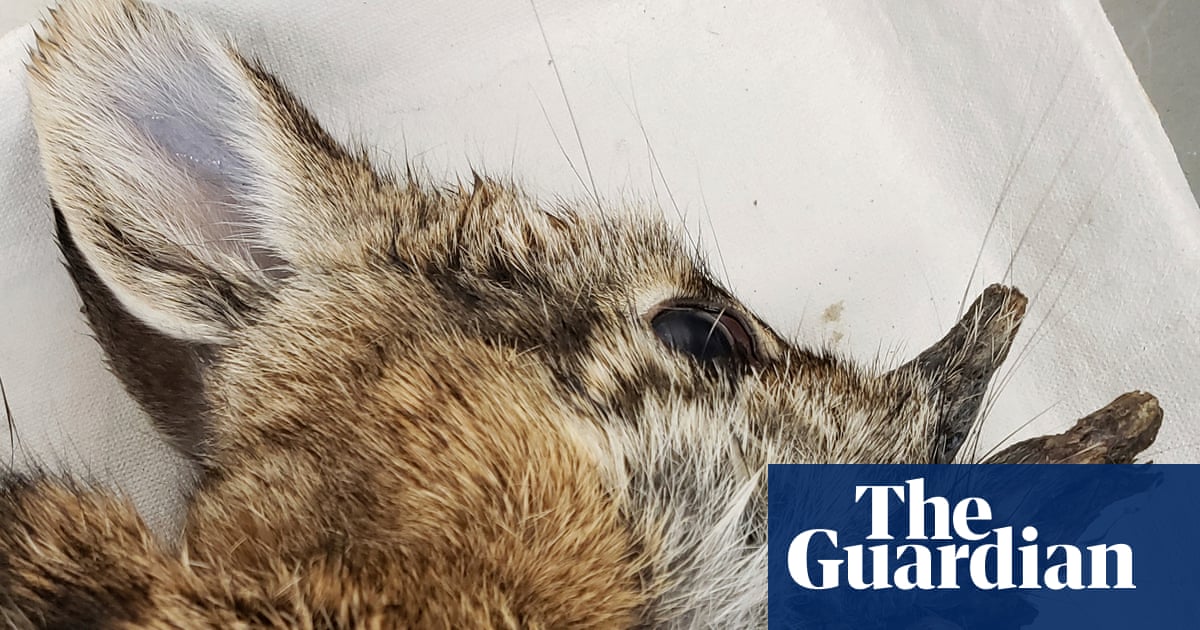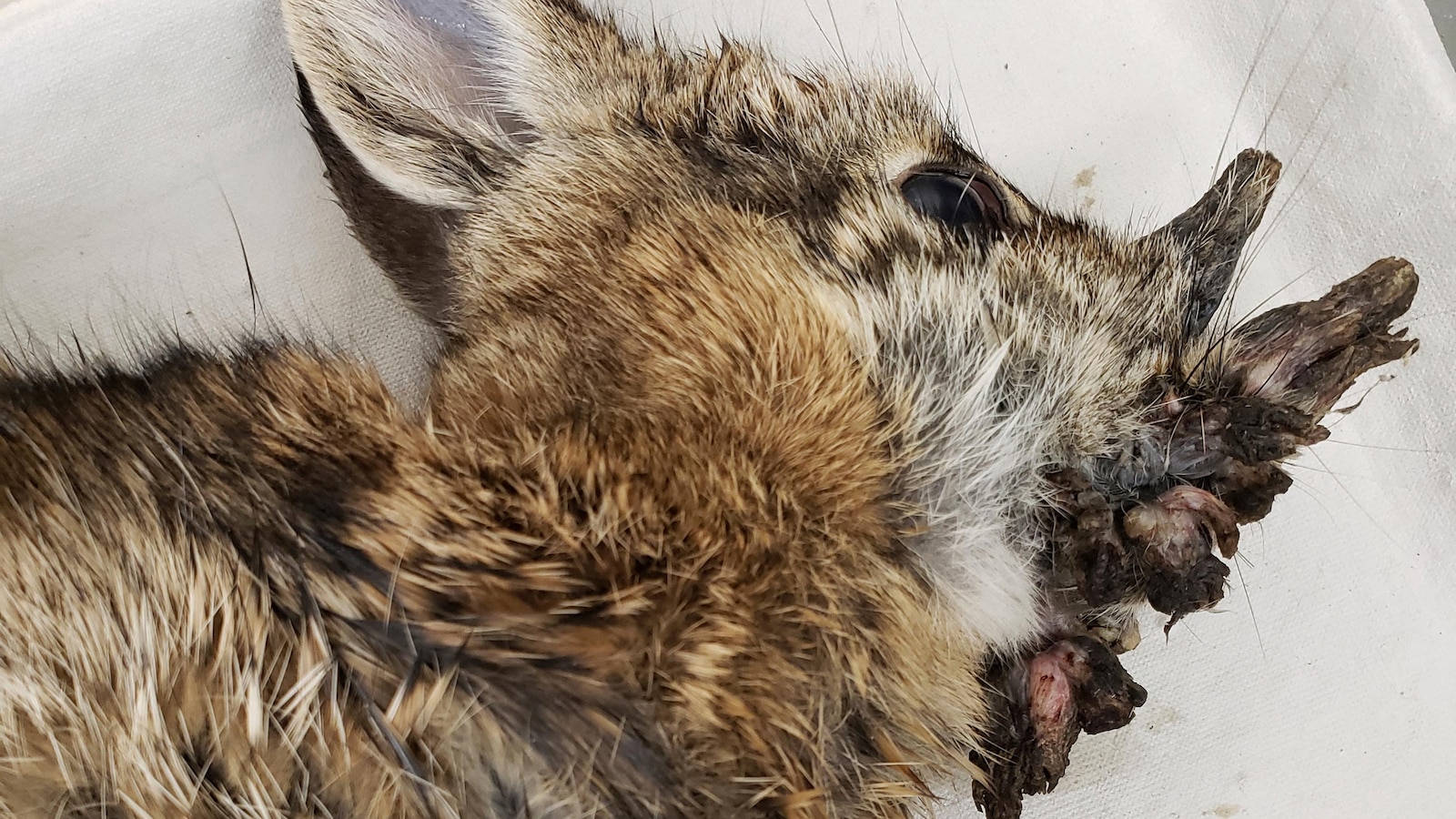Colorado Rabbits Develop Horn-Like Growths, Scientists Link to Virus and Cancer Research
Rabbits in Colorado are developing unusual horn-like growths caused by a specific virus. Scientists confirm no human risk and are studying these tumors for insights into virus-cancer links.
Subscribe to unlock this story
We really don't like cutting you off, but you've reached your monthly limit. At just $5/month, subscriptions are how we keep this project going. Start your free 7-day trial today!
Get StartedHave an account? Sign in
Overview
- Rabbits in Colorado are developing unusual horn-like growths, identified as wart-like tumors caused by a specific virus. These affected rabbits have been nicknamed "Frankenstein bunnies."
- Viral photos of these affected rabbits have generated public concern, but scientists emphasize there is no need for panic, as the growths are generally benign and non-threatening.
- The virus causing these growths is specific to rabbits, posing no risk of transmission to humans or other pets. It generally does not harm rabbits unless it interferes with eating.
- This rabbit-specific virus likely influenced the centuries-old North American jackalope myth, contributing to the folklore of rabbits with antlers or horns, explaining historical sightings.
- Scientists are studying these virus-induced growths in rabbits to better understand the link between viruses and cancer, drawing parallels to human papillomavirus causing cervical cancer.
Report issue

Read both sides in 5 minutes each day
Analysis
Center-leaning sources cover the story by addressing initial public alarm about "horn-like" rabbits, then swiftly providing scientific context to reassure readers. They emphasize the virus's commonality, harmlessness to humans, and historical understanding, effectively demystifying the phenomenon and promoting a calm, factual understanding of the situation.
Articles (7)
Center (2)
FAQ
The horn-like growths on rabbits in Colorado are caused by the cottontail rabbit papillomavirus (CRPV), also known as Shope papillomavirus, a virus first identified in 1933 that induces wart-like tumors on rabbits.
No, the virus causing the growths is specific to rabbits and does not pose any risk to humans, pets, or other wildlife.
While the tumors are generally benign, they can become malignant or grow so large that they interfere with a rabbit’s ability to see or eat, which can threaten its survival.
The virus is primarily transmitted between rabbits through biting arthropod insects such as mosquitoes and ticks.
Scientists study these viral tumors in rabbits to glean insights into the link between viruses and cancer, as the rabbit papillomavirus is a model for understanding how human papillomavirus (HPV) can lead to cancers such as cervical cancer.
History
- 3M

 3 articles
3 articles






